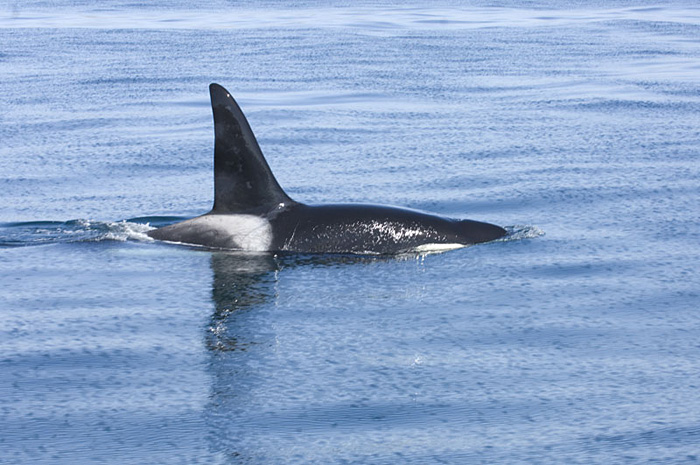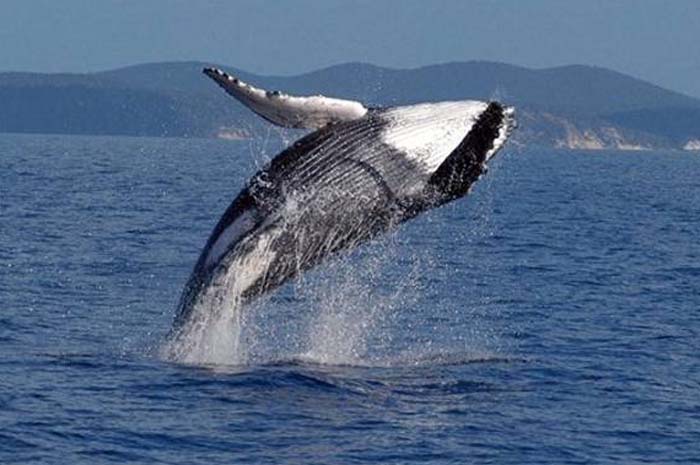Finback Whales
Balaenoptera physalus
The fin whale (Balaenoptera physalus), also called the finback whale, azorback, or common rorqual, is a marine mammal belonging to the suborder of baleen whales. It is the second longest animal in the world and second largest rorqual after the blue whale, growing to over 27 metres (89 ft) long and weighing nearly 74 tonnes (73 long tons; 82 short tons). The American naturalist Roy Chapman Andrews called the fin whale "the greyhound of the sea" due to its slender build and great speed when chased.
Long and slender, the fin whale's body is brownish-grey with a paler underside. There are at least two recognized subspecies: the fin whale of the North Atlantic, and the fin whale of the Southern Hemisphere. It is found in all the world's major oceans, from polar to tropical waters. It is absent only from waters close to the ice pack at both the north and south poles and relatively small areas of water away from the open ocean. The highest population density occurs in temperate and cool waters. ts food consists of small schooling fish, squid, and crustaceans including copepods and krill.
Type of Wildlife in the Channel Islands Region
There are several different species of whales that could be encountered on one of your trips. California Gray Whales, Humpback Whales, Blue Whales, Finback Whales and Orca Whales (Killer Whales) are common sightings in the waters surrounding the Channel Islands. Additional wildlife includes seals, sea lions, dolphins and a rich variety of bird life; some of which are endangered and protected.










